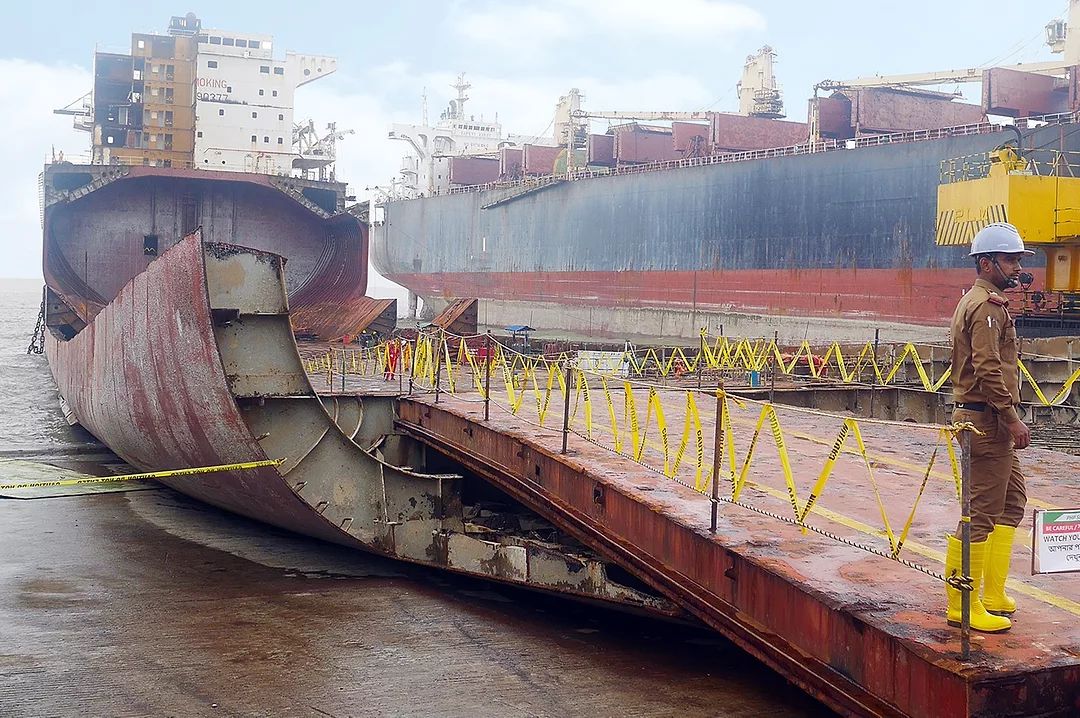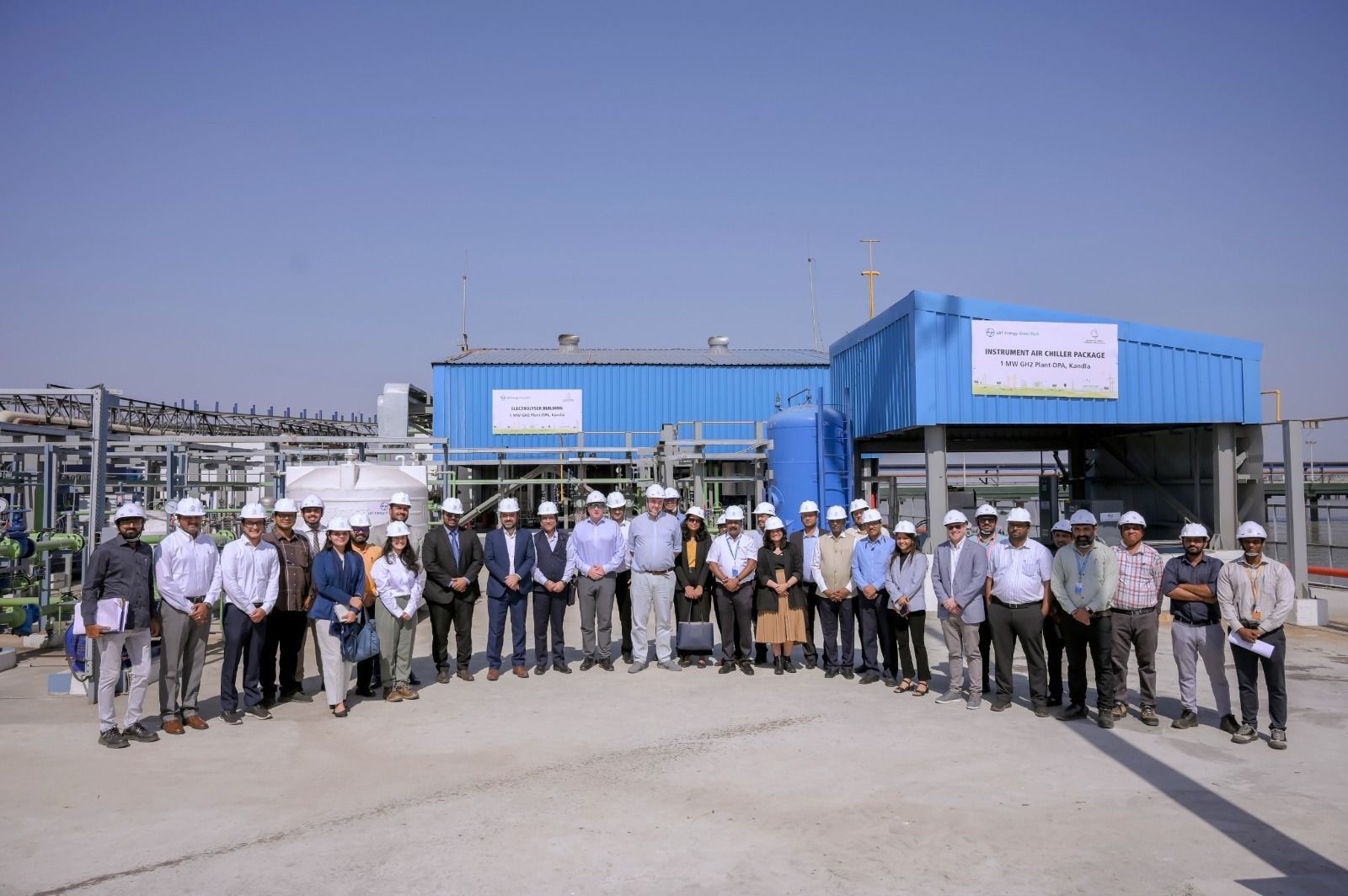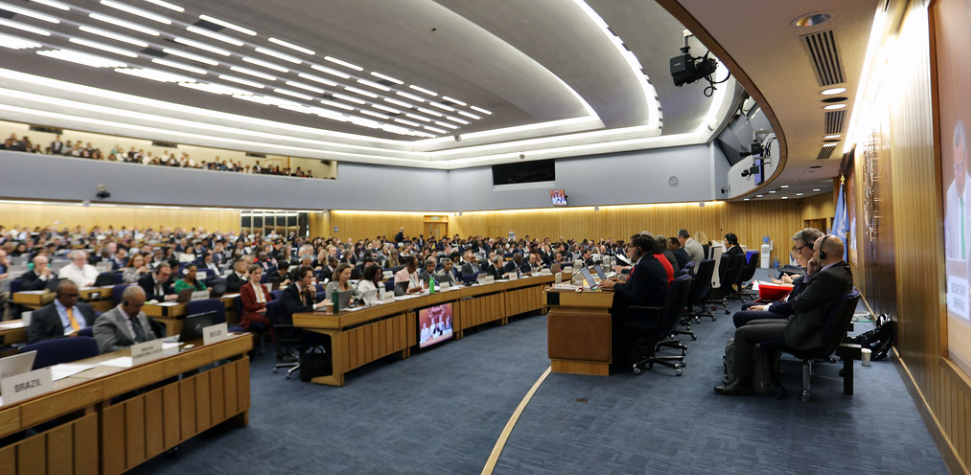USS Harry S. Truman Collides with Merchant Ship in the Mediterranean Near Port Said
The USS Harry S. Truman (CVN-75), a Nimitz-class aircraft carrier of the United States Navy, was involved in a collision with the merchant vessel M/V Besiktas-M late Wednesday night near Port Said, Egypt. According to a statement from the U.S. Sixth Fleet, the incident occurred around 11:45 p.m. local time in the eastern Mediterranean, just north of the Suez Canal.

While the crash raised immediate concerns, no casualties were reported among the more than 5,000 sailors and officers aboard the Truman. Additionally, the aircraft carrier sustained no flooding or damage to its propulsion systems, ensuring its ability to continue operations. Investigations into the cause of the collision are currently underway.
Navy Assures Minimal Damage, No Disruptions to Truman’s Operations
Commander Tim Gorman, a spokesperson for the U.S. Sixth Fleet, confirmed that the Navy is conducting a full assessment of the carrier and is cooperating with international maritime authorities to determine how the collision occurred.
“The safety of our sailors and the integrity of our operations remain our top priority,” Gorman said. “There is no immediate impact on Truman’s mission readiness.”
The M/V Besiktas-M, a merchant vessel registered under a Turkish-based shipping company, also reportedly sustained only minor damage, though details regarding the extent of repairs required remain unclear.
The Suez Canal, one of the world’s busiest maritime corridors, serves as a crucial transit route between the Mediterranean and the Red Sea. The collision took place near the northern entrance to the canal, raising concerns about potential disruptions. However, Egyptian authorities have assured that the incident has not impacted canal operations.
USS Truman’s Mission and Recent Middle East Engagements
The USS Harry S. Truman has been deployed in the Mediterranean since October 2024, following escalating regional tensions. The carrier was positioned as a deterrent amid heightened hostilities between Iran and Israel. Its deployment was extended after Iran launched a missile assault on Israel and following ongoing threats to Red Sea shipping by Houthi rebels backed by Tehran.
Recently, the Truman participated in coordinated U.S. and allied missile strikes against Houthi forces in Yemen. The Houthi rebels have been actively disrupting global trade by targeting vessels in the Red Sea, claiming their actions are in solidarity with Hamas in the Israel-Gaza conflict.
While it is unclear if the Truman was en route back to the Red Sea, sources suggest the aircraft carrier had recently made a brief stop at Souda Bay, Crete, before the collision occurred.
A History of U.S. Navy Collisions at Sea
While incidents involving aircraft carriers are rare, this is not the first time a U.S. warship has been involved in a maritime accident.
In 2017, two separate collisions involving U.S. Navy destroyers—USS Fitzgerald and USS John S. McCain—resulted in tragic losses. The Fitzgerald crashed into a Philippine-flagged container ship off the coast of Japan, leading to the deaths of seven sailors. Just two months later, the McCain struck a Liberian-flagged oil tanker near Singapore, killing ten crew members and prompting significant reforms in U.S. Navy operational training and navigation protocols.
The last major aircraft carrier collision occurred in 2004, when the USS John F. Kennedy accidentally struck and sank an Egyptian fishing boat in the Persian Gulf. That accident led to the removal of the carrier’s commanding officer due to failures in navigation and situational awareness.
Investigating the Cause of the Collision
With an active investigation underway, maritime experts are analyzing navigation data to determine what led to the collision. Possible factors include:
- Restricted maneuverability due to proximity to the Suez Canal
- Traffic congestion in the region, as the area is heavily used by commercial ships
- Weather and visibility conditions at the time of the incident
- Human error or miscommunication between vessels
The U.S. Navy has not yet provided a timeline for the investigation’s conclusion, but officials state they will release further details as they become available.
A Strategic Presence in a Tense Region
The Mediterranean and Red Sea regions have seen growing geopolitical tensions, particularly due to:
- Ongoing Houthi attacks on Red Sea trade routes
- Iran’s increasing naval influence and military exercises
- The Israel-Gaza war and regional instability
The USS Harry S. Truman’s presence in the Mediterranean has been a key element of U.S. naval strategy, reinforcing stability in both the European and Middle Eastern theaters.
For now, the aircraft carrier remains operational, and U.S. officials do not anticipate major disruptions to its deployment schedule. Egyptian maritime authorities are working closely with the U.S. Navy to ensure safe navigation near the Suez Canal in the wake of the incident.
As the investigation progresses, questions remain about whether the Truman will continue its Mediterranean mission or return to the Red Sea to confront ongoing security challenges.
Author: shipping inbox
shipping and maritime related web portal








